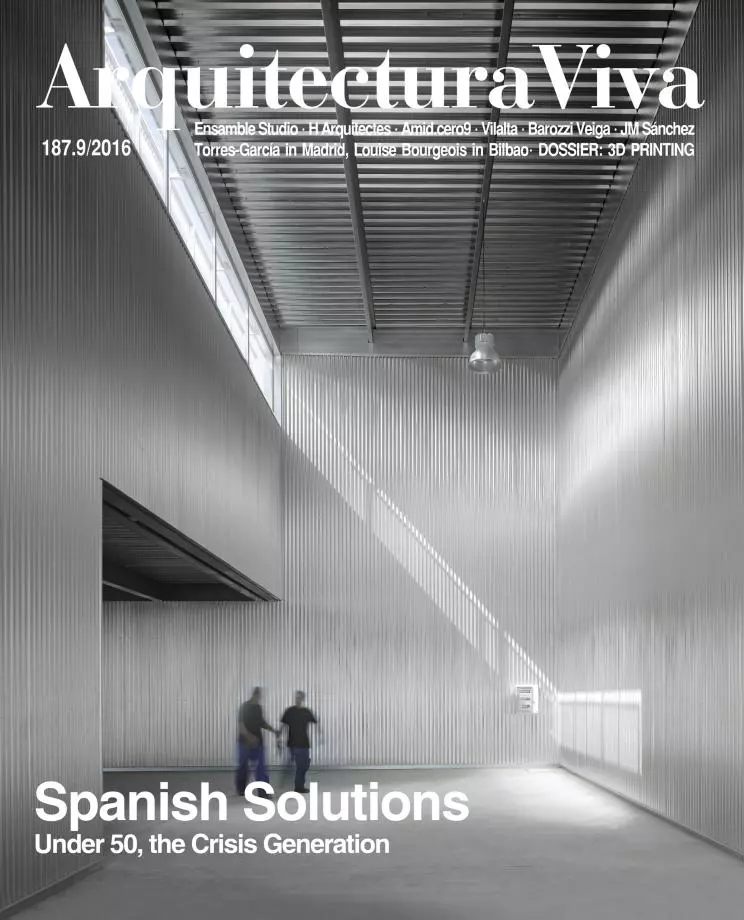
Maman (1999)
Louise Bourgeois was a retrospective artist. Acknowledgment of her by her equals in the world of art came when she was already sixty years old, and popularity in the sphere of the general public, at ninety. As if in service of poetic justice, when recognition did arrive it was unanimous and unequivocal. This was the discovery of a radically independent creator who from the shadows and through a refined, personal experience had advanced a good part of the proposals and practices existing in the feminist inquiry into art. Her influence on several generations of artists was instrumental and immediately incorporated into the modern canon. Suffice it to mention the protagonism given her in the recent reorganization of Tate Modern’s exhibitions. Nevertheless, to her exhibitions of the last thirty years the general public would go not to contemplate the artist’s new works, her latest pieces, but precisely to revise or retrieve her past, which in her isolation and oblivion had been lost. Louise Bourgeois spent the final years of her life showing her past, opening the doors of her biography to the public. Because, precisely, her art was nourished by her everyday experience, using private thoughts, pages of a diary in images, small fetishes, sculptures, objets trouvés...
[+]





